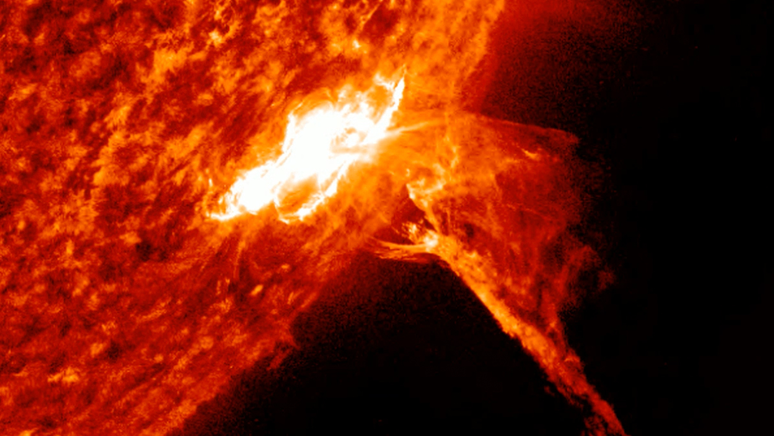Have we reached the peak of the Sun’s activity? Maybe, but experts say we won’t know until the peak ends
Even if it was initially scheduled for 2025, the solar maximum of the current cycle may have already begun. During this phase, l The sun must experience eruptions the most intense and largest coronal mass ejections from approximately 2019 to 2030.
What is the solar cycle and solar maximum?
Every 11 years, our star goes through three phases related to its activity: solar minimum, solar maximum and decline, towards the solar minimum of the next cycle. We are currently in cycle 25 of the official count, which begins in 1755.
During the period preceding the solar maximum it is possible to observe an increase in sunspots. They are dark spots on the surface of the Sun that can be identified with small telescopes and even with binoculars (always with solar filters suitable to protect the eyes).
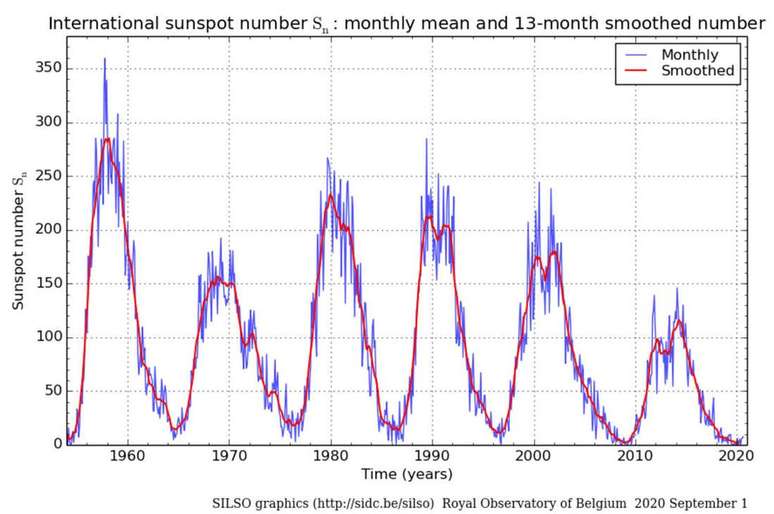
These spots are the result of magnetic fields in our star that become complex as we approach the period of solar maximum. Sometimes, the phenomenon causes eruptions of plasma from spots into interplanetary space.
Solar maximum forecast
At the beginning of the current cycle, the National Oceanic and Atmospheric Administration (NOAA) report predicted that solar maximum would begin in 2025, but changes observed in the Sun in recent years have shown that our star has outdone itself.
Now, a study suggests that perhaps solar maximum has already begun. At the start of cycle 25, researchers discovered a magnetic anomaly called “solar terminator events” that had not been accounted for in initial predictions, and this could make a difference.
According to the authors, this phenomenon preceded most previous solar maxima, so it can be used as an indicator to predict the next maximum with greater precision. If this is true, the Sun is already about to enter this period – if it hasn’t already done so – researchers said in a 2023 study.
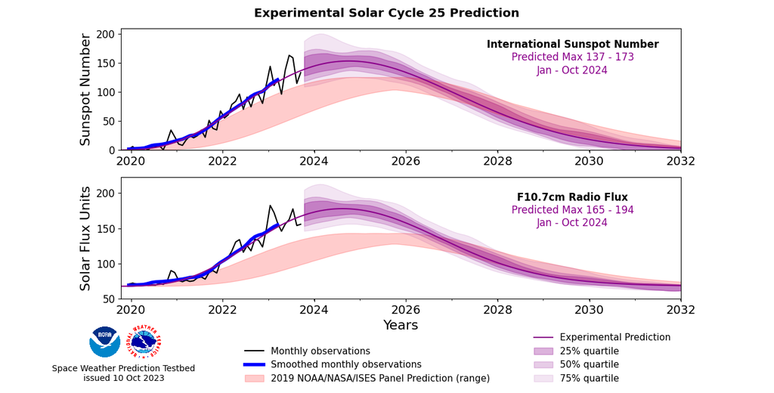
Whereas NOAA has already released a new report predicting the maximum to begin as early as 2024In conjunction with predictions based on the solar terminator, the discovery of the terminator could actually be a useful tool for predictions during the next cycles.
Are we already at solar maximum?
In 2023, solar activity surprised researchers with peaks in December, followed by a lull in January. Now, the activity observed in February suggests that the solar maximum may have begun.
The problem is that it’s still too early to know for sure, and we’ll probably be left wondering for a while. The Space Weather Prediction Center (SWPC), operated by NOOA, typically officially announces when solar maximum has begun only after seven months of sunspot decline.
For physicist Scott McIntosh, one of the authors of the discovery of the solar terminator, “we are definitively entering this phase of activity” [máxima]While official confirmation may take some time, McIntosh proposes monitoring using the star’s magnetic fields.
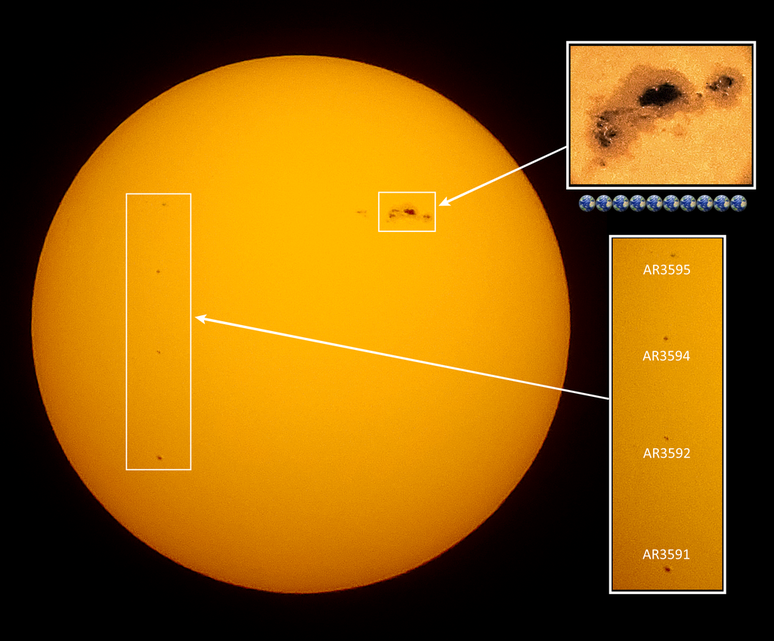
The scientist explained that, before the solar maximum, the intensity of the magnetic field at the poles of the Sun decreases, reaching zero during the polar reversal. In recent months this intensity has even fluctuated around zero, especially during the January break.
In February we observed class X events (the strongest in the classification), including the most powerful solar flare since 2017demonstrating that the star may have begun its peak phase.
Is solar maximum dangerous?
In addition to starting earlier than expected, it will likely be more powerful than previously expected. This means more intense solar storms could impact Earth’s infrastructure and orbiting satellites.
In extreme cases, like what happened during the Carrington event of 1859, infrastructure for the supply of electricity. Migratory animals, such as whales, can also be affected by geomagnetic storms, increasing the risk of strandings.
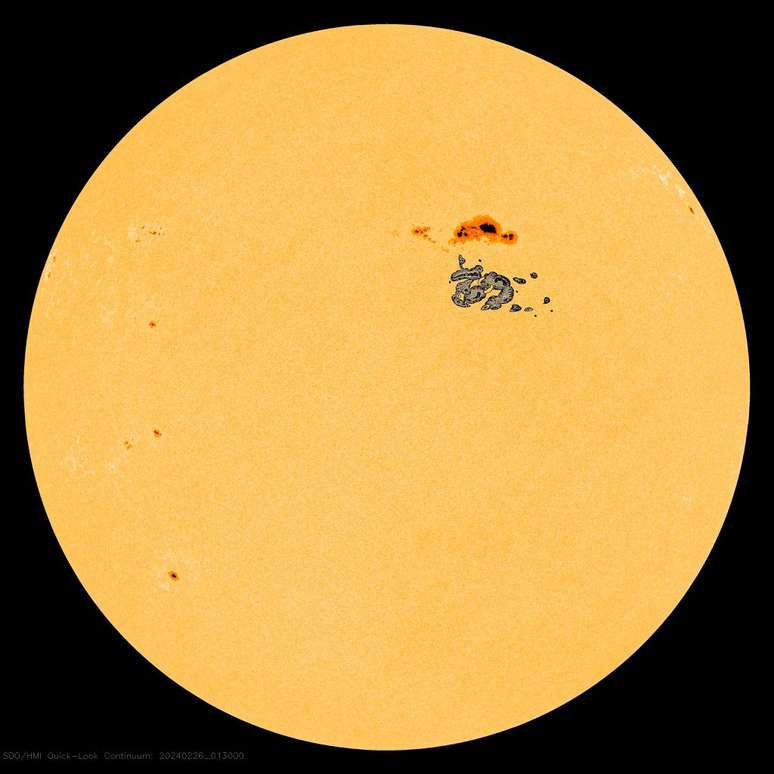
However, estimates indicate that this solar maximum will be weaker than these historic events, so there is no reason to worry yet. Scientists are alert to detect unusual activity and alert authorities to dangerous events; therefore mitigation measures can be taken.
Source: LiveScience
Trends on Canaltech:
- Max also wants to put an end to password sharing
- A giant solar storm hits several probes at once
- Instagram and Facebook will go offline this Tuesday (5)
- The flaw that left Instagram and Facebook offline has been fixed
- iPhone 16 Pro could still debut with a new camera design
- The 50 funniest Google Assistant jokes
Source: Terra
Rose James is a Gossipify movie and series reviewer known for her in-depth analysis and unique perspective on the latest releases. With a background in film studies, she provides engaging and informative reviews, and keeps readers up to date with industry trends and emerging talents.

